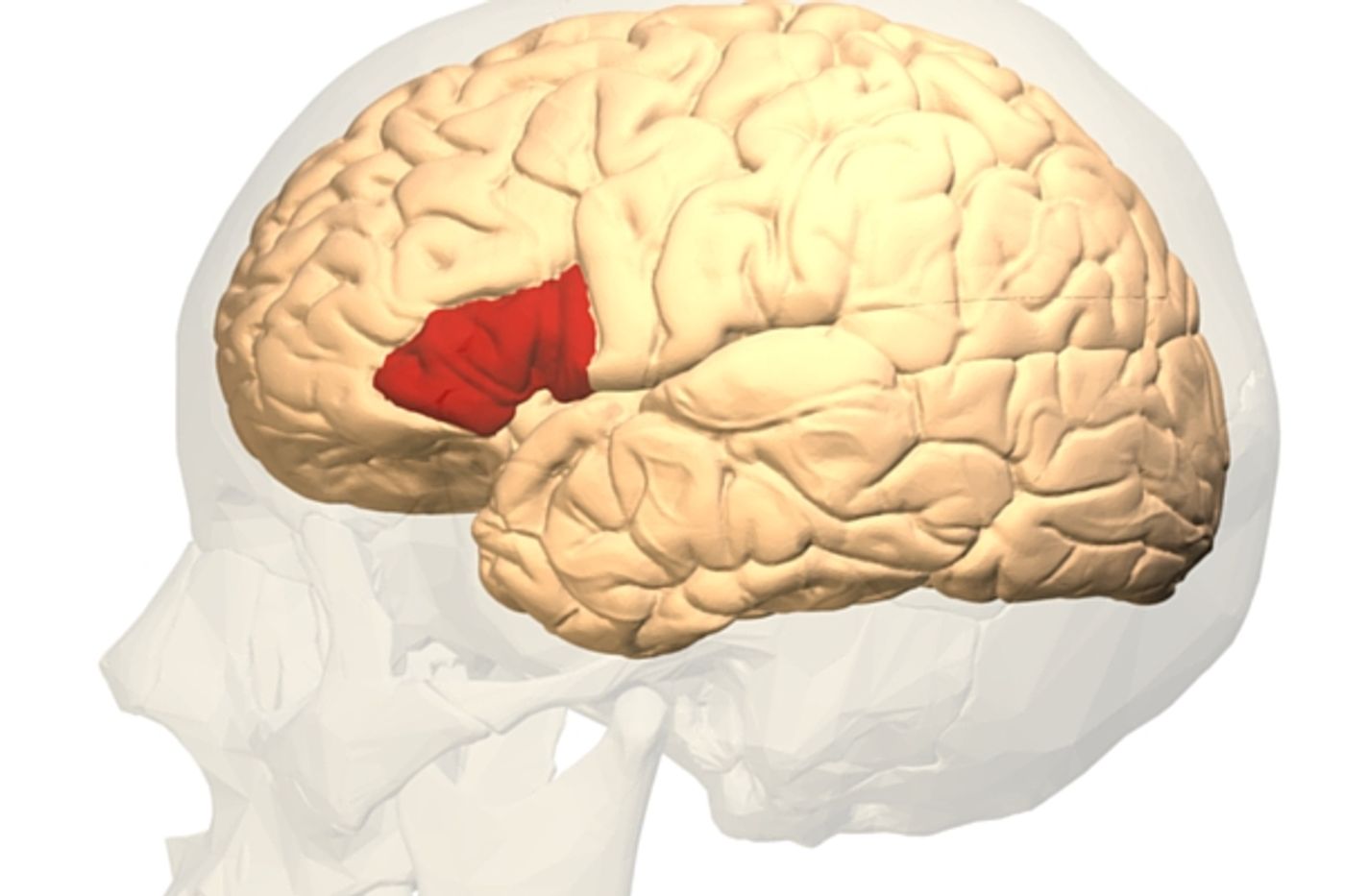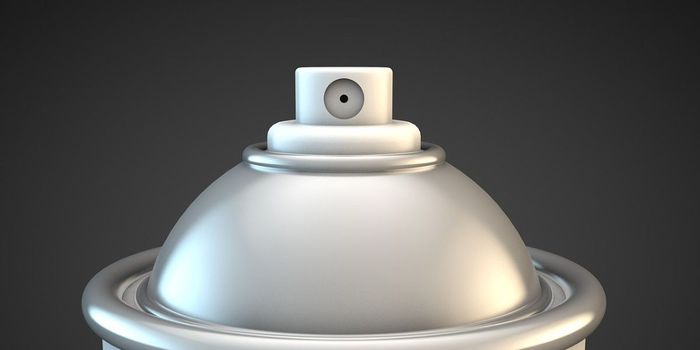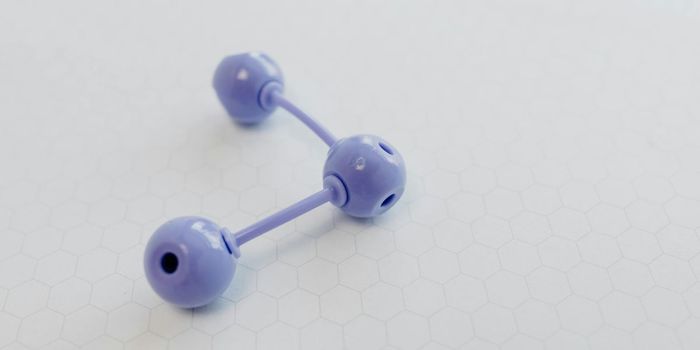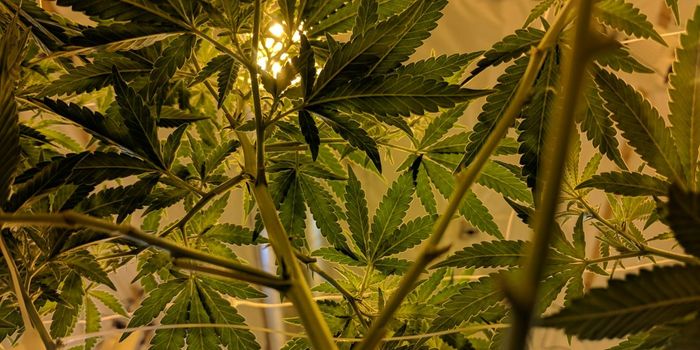Scientists don't have a complete picture of how stuttering happens. While neuroscientists know a lot about how speech is acquired and how language is processed in the brain, what causes some people to stutter and struggle to speak wasn’t as clear. In 2010, a study done by the National Institute on Deafness and Other Communication Disorders (NIDCD), part of the National Institutes of Health revealed that it was a genetic mutation that caused the communication problem. Stutterers were found to have a defect in a gene called Gnptab (for N-acetylglucosamine-1-phosphate transferase alpha and beta) Before this research there were several opinions on what caused stuttering. Explanations ranged from mental illness, to stress, and to environmental factors like parenting and social status.

In order to find out more about this mutation and how potential treatments could be developed researchers at Washington University’s School of Medicine in St. Louis worked with scientists at the NIH to better understand the neurological basis of the disorder. Using mice that had been created to have the genetic mutation that results in stuttering, the team analyzed the vocalizations that mice made.
Much like humans, mice communicate vocally, just not with words and speech of course. Whether they are in pain, hungry or trying to attract a mate, mice will make a variety of sounds. Communicating vocally is an incredibly complex process, even more so for stutterers. Tim Holy, PhD, an associate professor of neuroscience and the paper’s senior author said, “Speech is obviously a unique human capacity, but the patterns of speech are built out of a lot of building blocks that are much simpler. You have to be able to control the timing of your breath and the fine muscles in your tongue and mouth. You have to be able to initiate movement. Those kinds of things may be shared all the way from mice to people.”
Analyzing the vocalizations of mice was a difficult task since much of the sounds they make, especially as newborn pups are at a pitch that is to high for humans to hear. The researchers were able to make recordings of the sounds of normal, unaltered mice and compare to them to those of the mice that had the stuttering gene. Using mathematical algorithms they were able to track the patterns of the sounds and tell if certain sounds, like syllables in human speech, were repeated.
Their results showed that the mice with the genetic mutation repeated sounds in the same way that humans who stutter get stuck on certain syllables or words. The stopping and starting that many people who stutter experience was echoed in the sound pattern of the altered mice.
In addition to the testing of the vocalizations of the mice, the study also compared the control group to the genetically altered group in several other ways. The tested both groups to evaluate their strength, memory, learning, sociability and coordination. Both groups were identical in their ranges of abilities, the only difference being the halting and repetitive patterns of vocalization, showing that the mutation that causes stuttering doesn’t seem to effect other neurological skills. It’s not clear how the gene the carries the mutation is related to speech so this is an area that the team hopes to look more closely at in future research. Take a look at the video here to learn more about the methods used and what the research could mean for those who stutter.
Sources:
Ars Technica Washington University NIH









